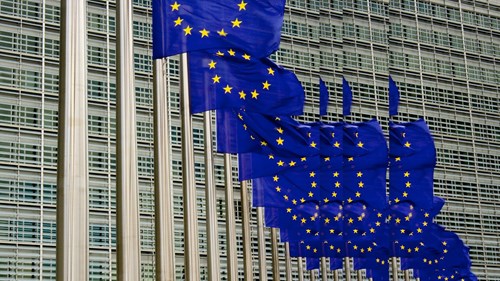EU merger control in the “von der Leyen Commission 2.0”
Competition Outlook 2025
In the future, European merger control will be shaped by both the digital transformation and by measures to strengthen the EU’s competitiveness. The new Commissioner for Competition will have a key role in this. Spanish politician Teresa Ribera most recently served as her country’s Minister for Ecological Transition and Demographic Challenge. As Executive Vice-President for Clean, Just and Competitive Transition, she will have to bring her environmental and climate concepts into harmony with the overriding aim of strengthening competitiveness.
Strengthening the EU’s competitiveness – how will the recommendations of the Draghi report be implemented?
Among other things, the highly anticipated Draghi report from September 2024 (see Noerr Insights) recommends taking future competition and potential for innovation more strongly into account when considering the impact of mergers. This approach is also intended as a means to tackle the growing market power of global tech giants. In addition, greater importance is to be given to security and resilience aspects. A “New Competition Tool” could even enable ex post analysis of mergers. In her hearing before the European Parliament, the new Commissioner for Competition, Teresa Ribera, announced a modernisation of competition law. While the launch of a New Competition Tool does not appear to be on the agenda yet, the Guidelines on the assessment of horizontal mergers will be revised to stay abreast of the developments in globalisation, digitalisation, sustainability, innovation and resilience.
“Acqui-hire” and artificial intelligence remain a focus
Acquisitions will remain a focus of the European Commission, as will partnerships and “acqui-hire” in the area of artificial intelligence. Acqui-hire means recruiting key employees to further develop areas such as innovative technologies at the new company. Microsoft’s hiring of two of the founders of AI developer Inflection (Microsoft / Inflection) is a well-known example for this. Seven EU Member States had referred the case to the European Commission, which found that the mere hiring of individuals may be subject to European merger control. In the Illumina/GRAIL case (judgment of 3 September 2024, C-611/22 P), however, the EU Member States had to withdraw their referral requests following the judgment of the Court of Justice of the European Union. The Court of Justice of the European Union ruled that the European Commission may not examine transactions which are not subject to any notification requirement, whether under EU law or under any EU Member State law (see Noerr Insights).
Teresa Ribera emphasised that “killer acquisitions” of innovative undertakings with low or no turnover should not slip through the EU merger control thresholds. As of now it is unclear whether this is to be achieved by using existing means, such as the ex officio investigative powers of national competition authorities, or by creating new possibilities through revising the EU Merger Regulation.
This article is part of the Competition Outlook 2025. You can find all Competition Outlook articles here.












